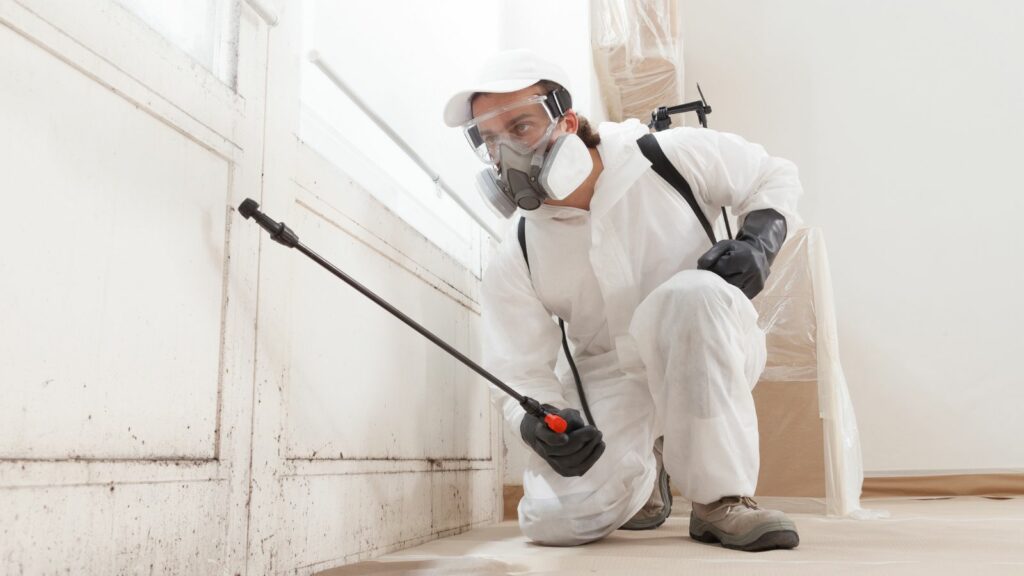Cleaning products play a vital role in maintaining a clean and healthy home, but many are made from hazardous ingredients that can harm both health and the environment. Most people are unaware of the potential dangers posed by the chemicals in these cleaning solutions, which can lead to various health issues, including skin irritations and respiratory problems, among others. Here are 18 hidden risks associated with everyday cleaning products that you should be aware of.
Respiratory irritants
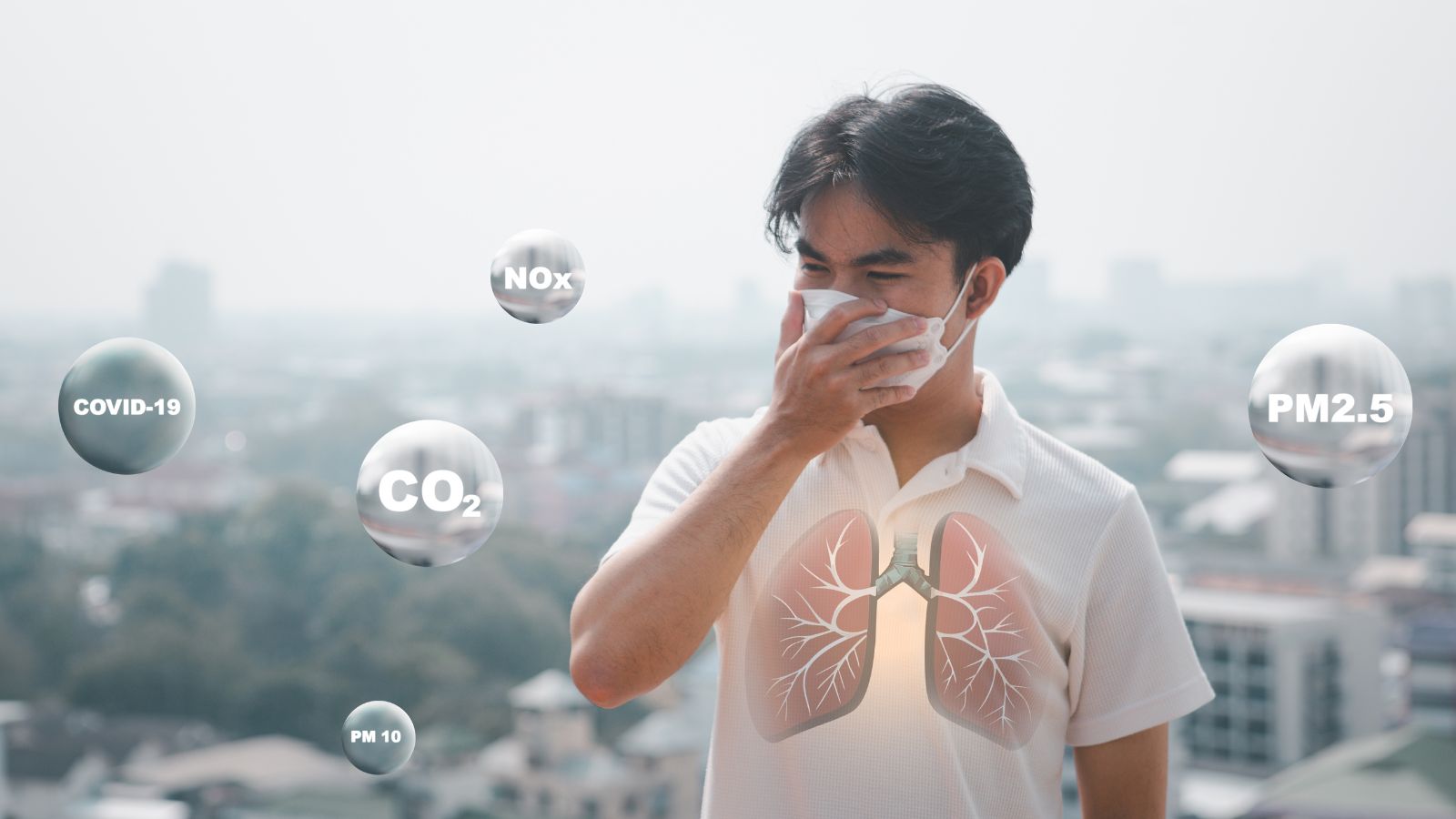
Many cleaning products contain respiratory irritants like ammonia, bleach, and volatile organic compounds (VOCs). Inhalation of these chemicals can lead to symptoms such as coughing, wheezing, and shortness of breath. Prolonged exposure can aggravate asthma and other respiratory conditions, making using products in well-ventilated areas essential.
Allergic reactions

Standard cleaning products often contain allergens such as fragrances, preservatives, and harsh chemicals. These ingredients can trigger allergic reactions, including skin rashes, headaches, and sneezing. For sensitive individuals, prolonged exposure may worsen symptoms, leading to more severe conditions like asthma or dermatitis. Choosing hypoallergenic or fragrance-free products can help reduce these risks.
VOCS
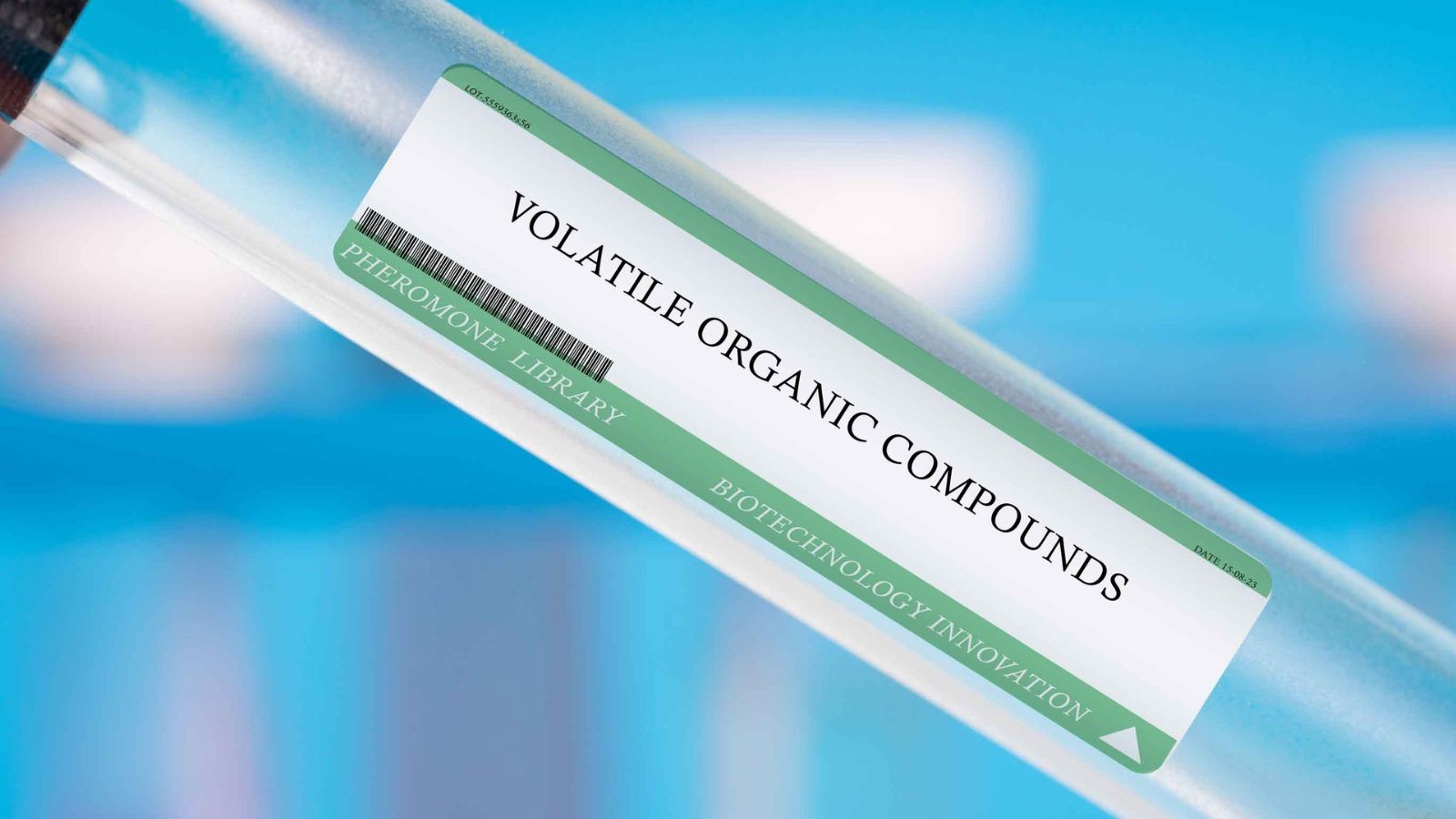
Volatile organic compounds (VOCs) are chemicals in many cleaning products, including sprays, air fresheners, and disinfectants. When released into the air, VOCs can cause headaches, dizziness, and respiratory issues. Long-term exposure may also contribute to more severe health problems, such as liver damage or cancer. Opting for low-VOC or VOC-free alternatives can reduce these health risks.
Toxic to pets
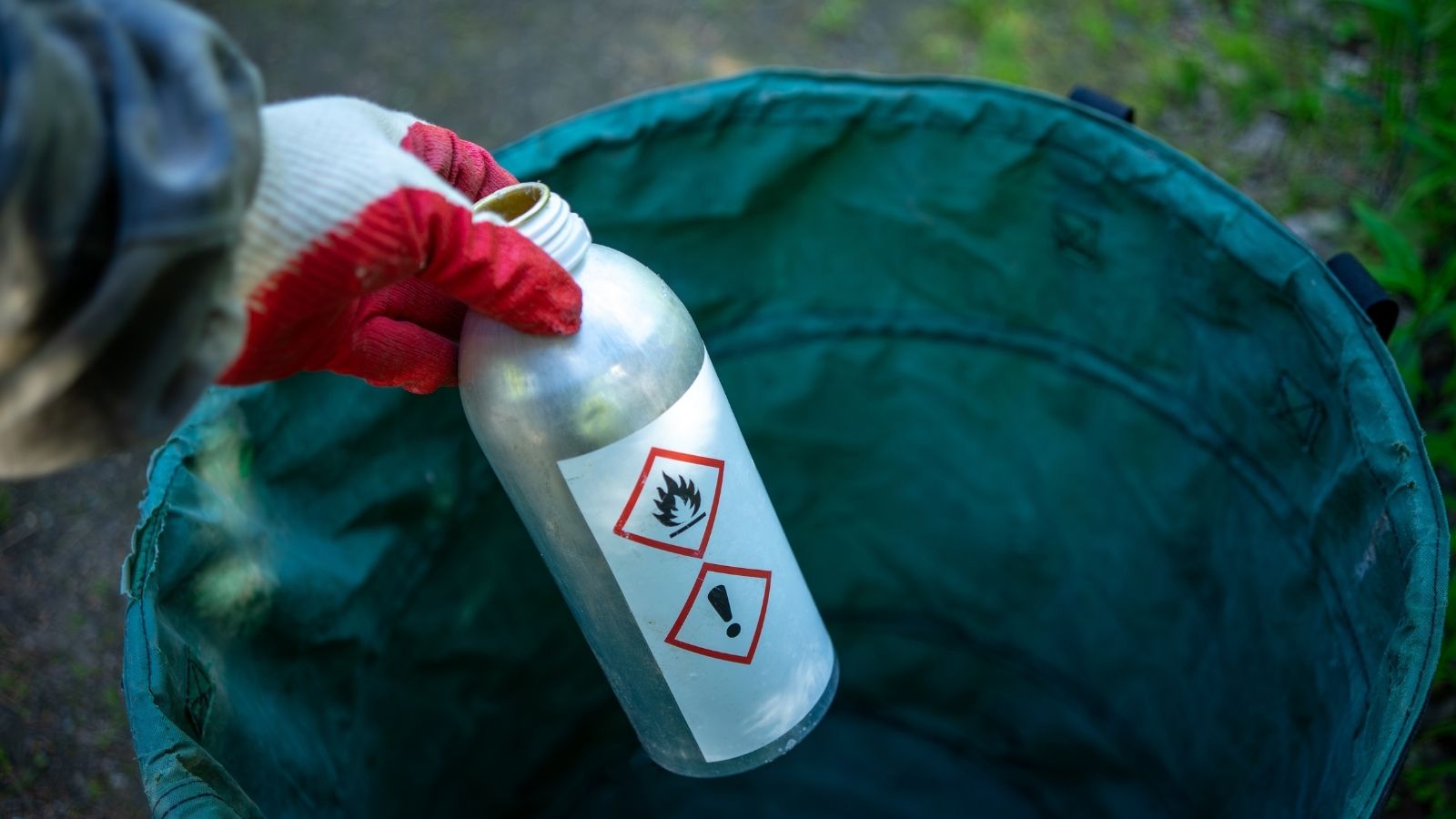
Many cleaning products contain chemicals that are toxic to pets, such as bleach, ammonia, and certain disinfectants. Pets exposed to these substances may experience vomiting, diarrhea, or skin irritation. It’s crucial to keep cleaning products out of their reach and use pet-safe alternatives.
Environmental Pollution
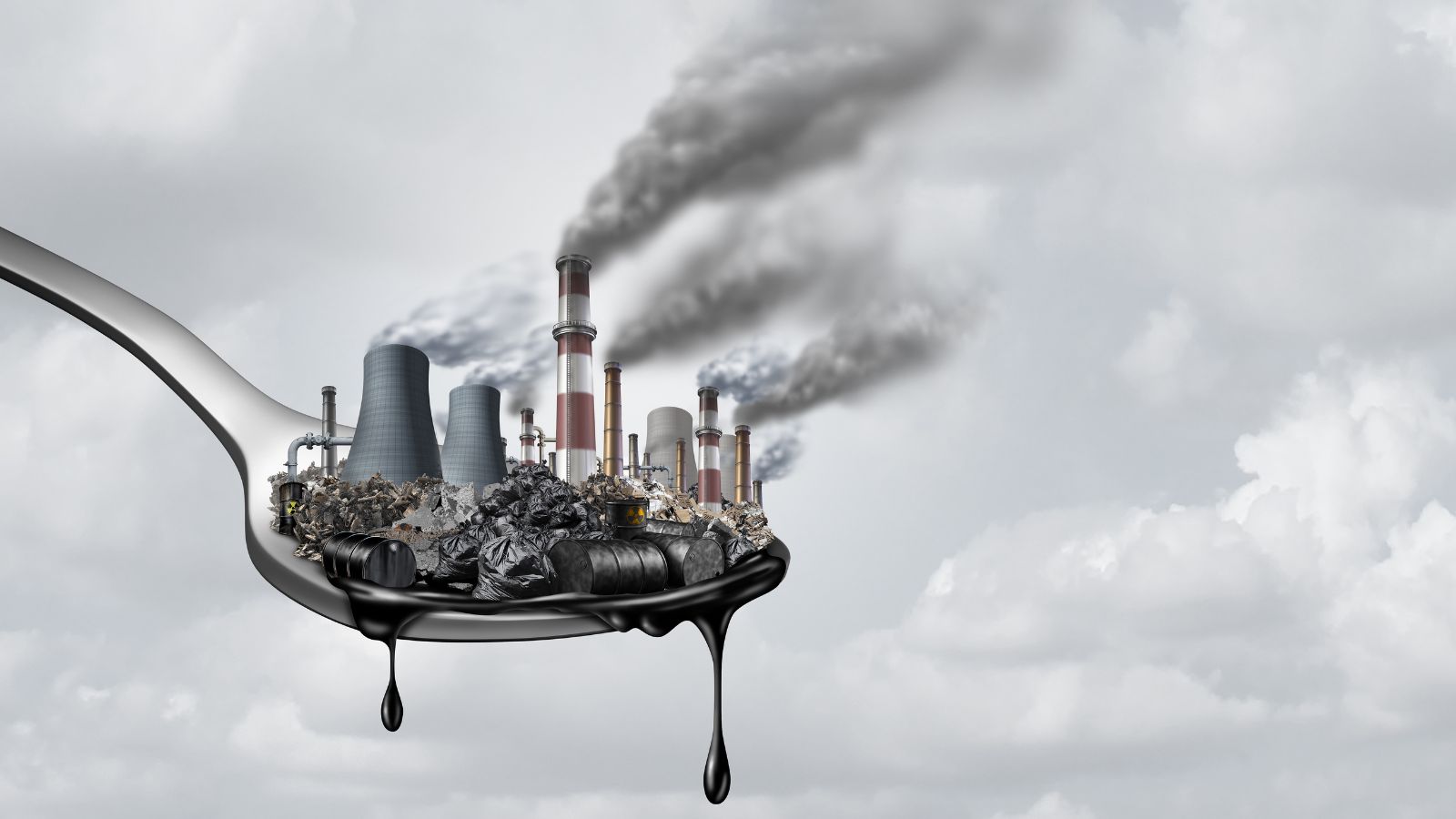
Products containing cleansers are often flushed down the sink, reaching our water resources. The chemicals in these products can disrupt ecosystems, harm aquatic life, and pollute soil, which humans rely on for survival through the food chain.
Skin irritants

Many cleaning products contain harsh chemicals like bleach, ammonia, and surfactants that can irritate the skin. Prolonged exposure can cause redness, rashes, and dryness. Wearing gloves while cleaning and using products with gentler ingredients can help protect the skin from these irritants.
Irritating to the eyes
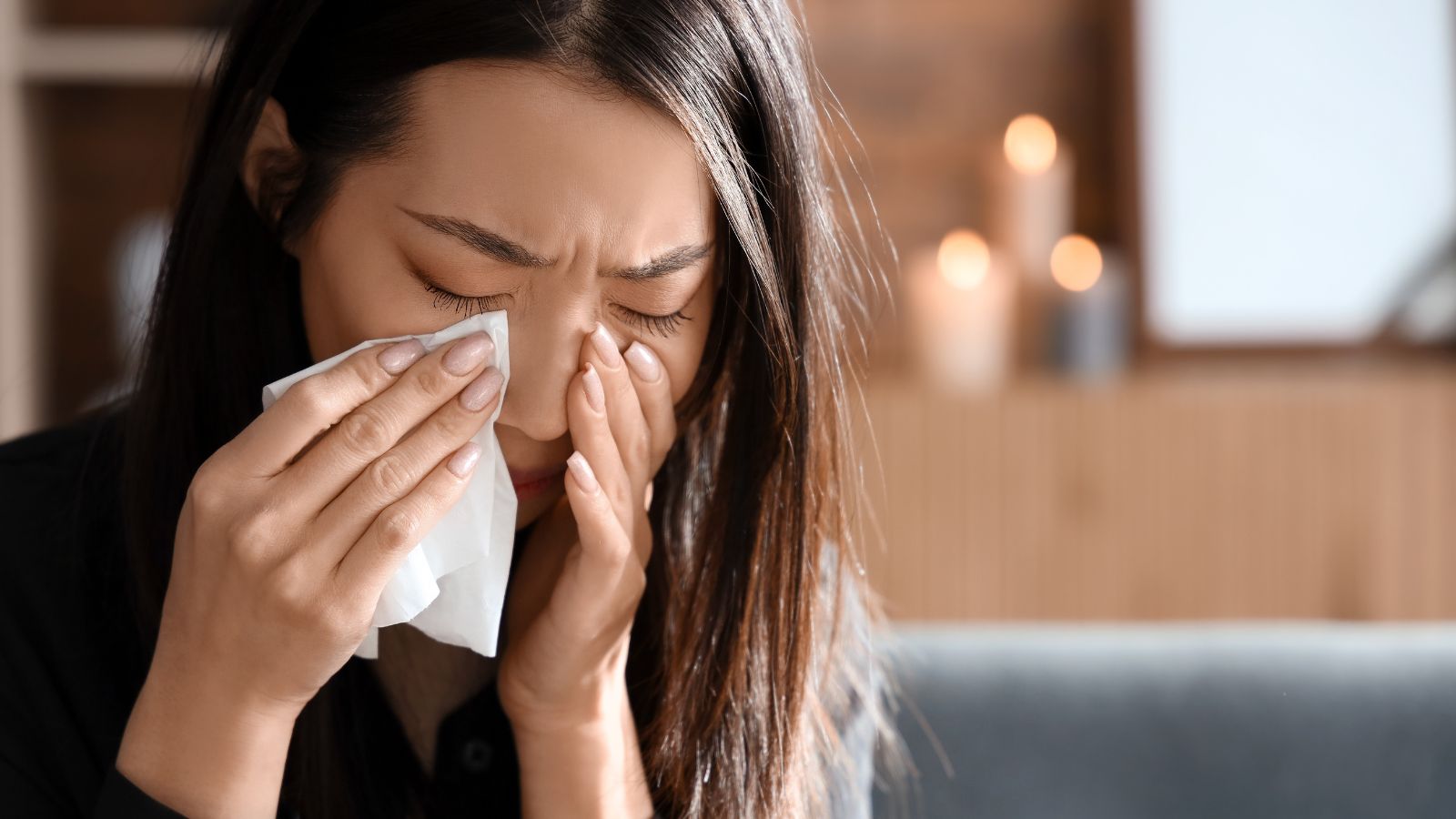
Household cleaning chemicals can produce fumes or particles that, when they come into contact with the eyes, may cause a burning sensation or irritation. For instance, a spray of bleach in the eye can lead to severe discomfort and potentially irreversible damage.
Endocrine disruptors

Some household cleaning products include phthalates and triclosan. These compounds have been shown to affect your hormones. Such substances can harm the body’s endocrine system, perhaps leading to reproductive difficulties, developmental issues, or even cancer.
Toxic Vapes
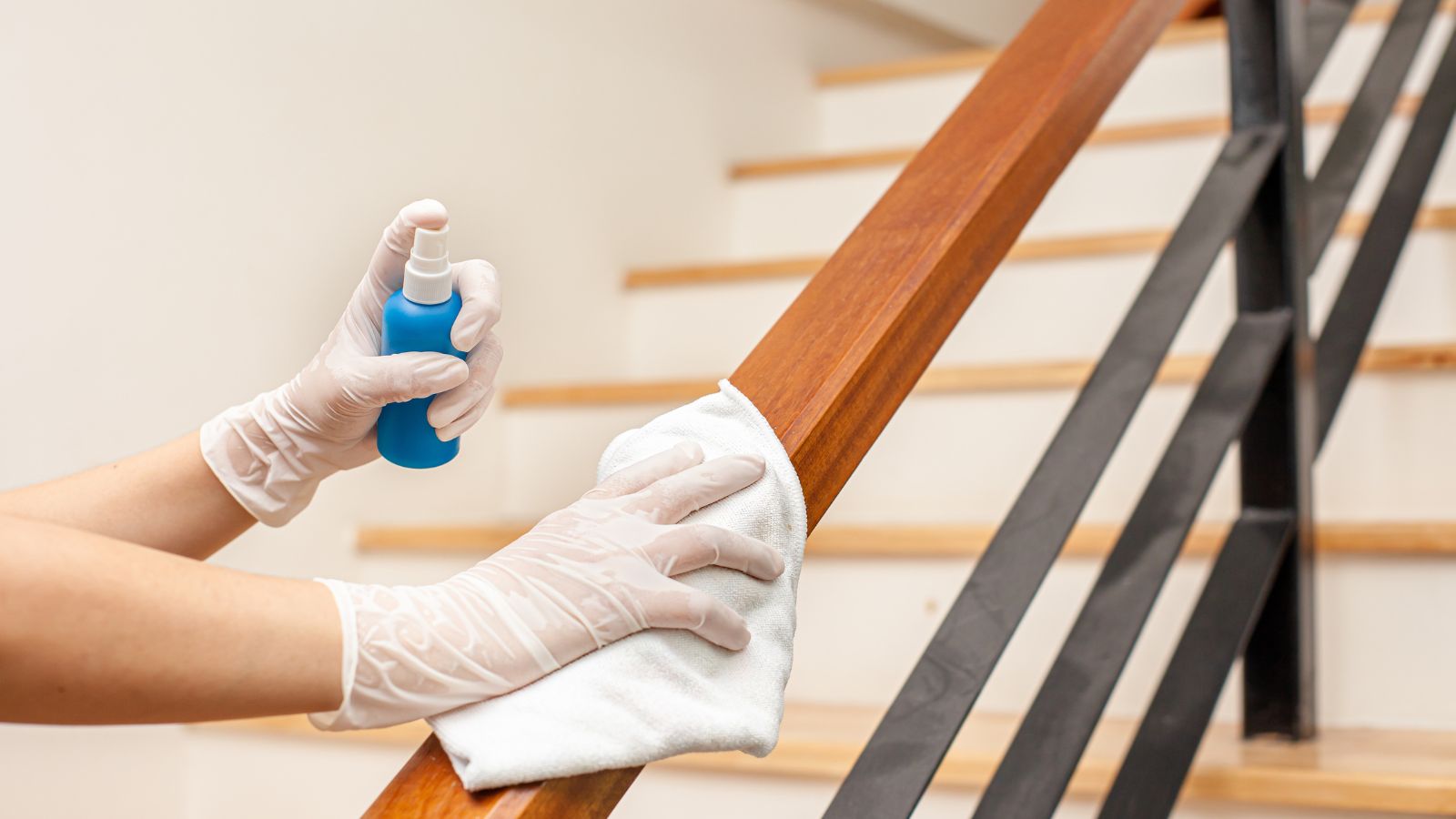
Some cleaning products contain chemicals that can be released as toxic vapors, especially when used in poorly ventilated areas. These vapors can irritate the respiratory system, leading to headaches, dizziness, and long-term health issues. It’s important to use such products in well-ventilated spaces and avoid mixing chemicals that produce harmful vapors.
Antibacterial Agents and Antibiotic Resistance
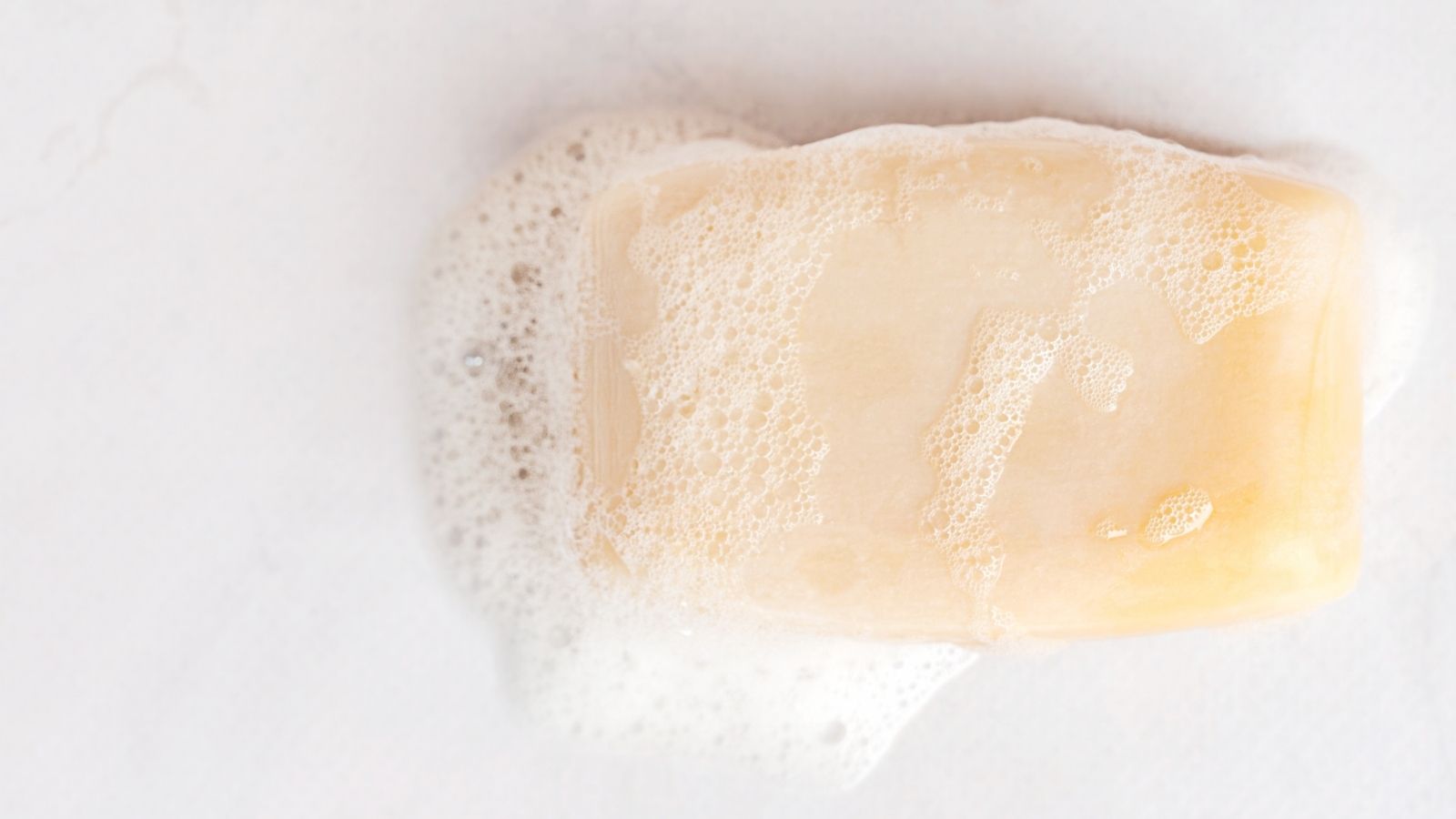
Triclosan is an antibiotic used as an antibacterial agent in cleaning products. Overusing such agents can go a long way in developing antibiotic resistance, which prevents infections from being treated, fostering the appearance of drug-resistant bacteria.
Poisoning Risk
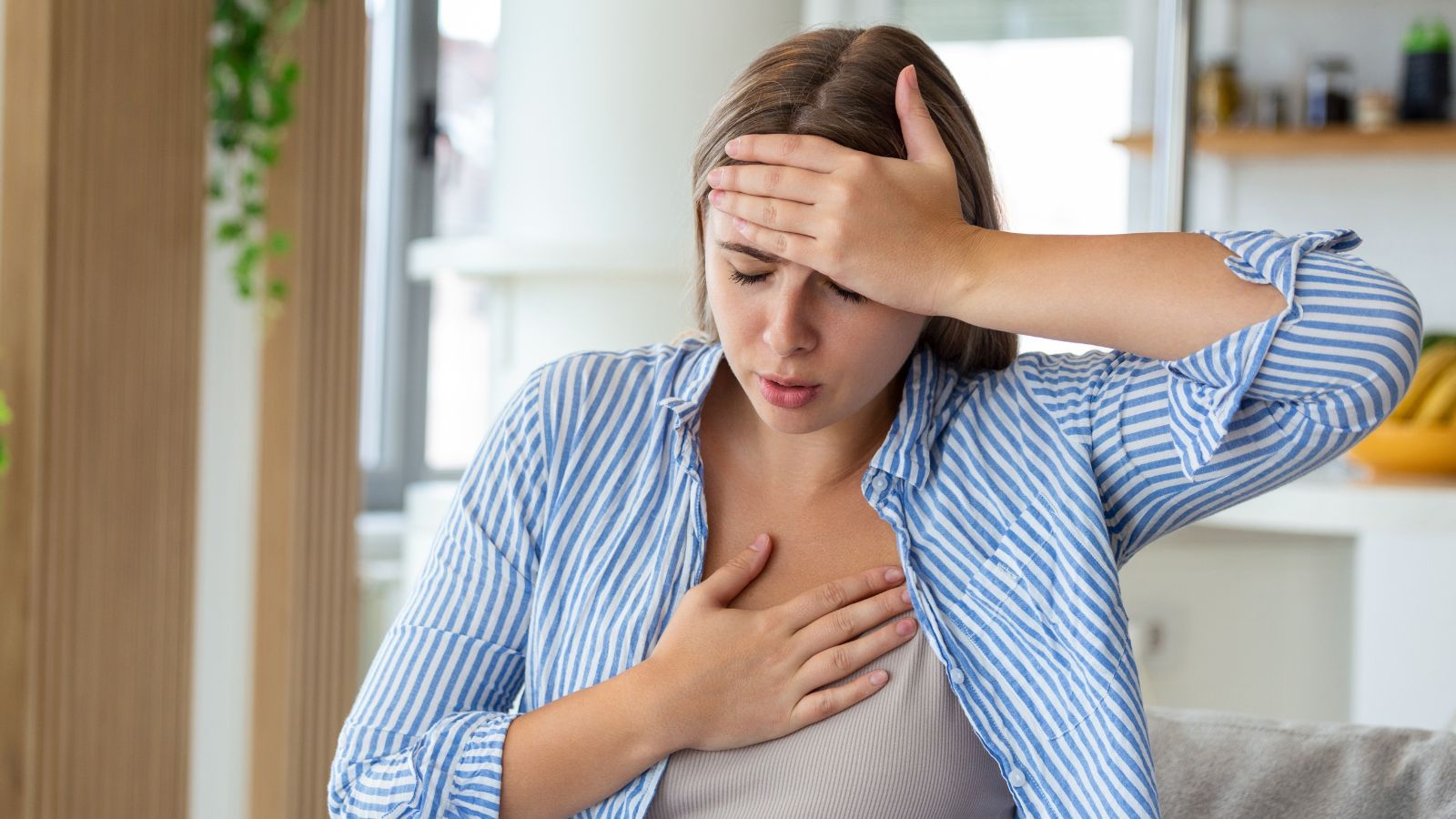
Certain cleaning products, like bleach and acidic cleaners, pose a poisoning risk if ingested or improperly handled. Young children are particularly vulnerable, as they may accidentally consume or inhale toxic fumes. It’s essential to store cleaning products safely and use child-proof containers to prevent accidental poisoning.
Impact on indoor air quality
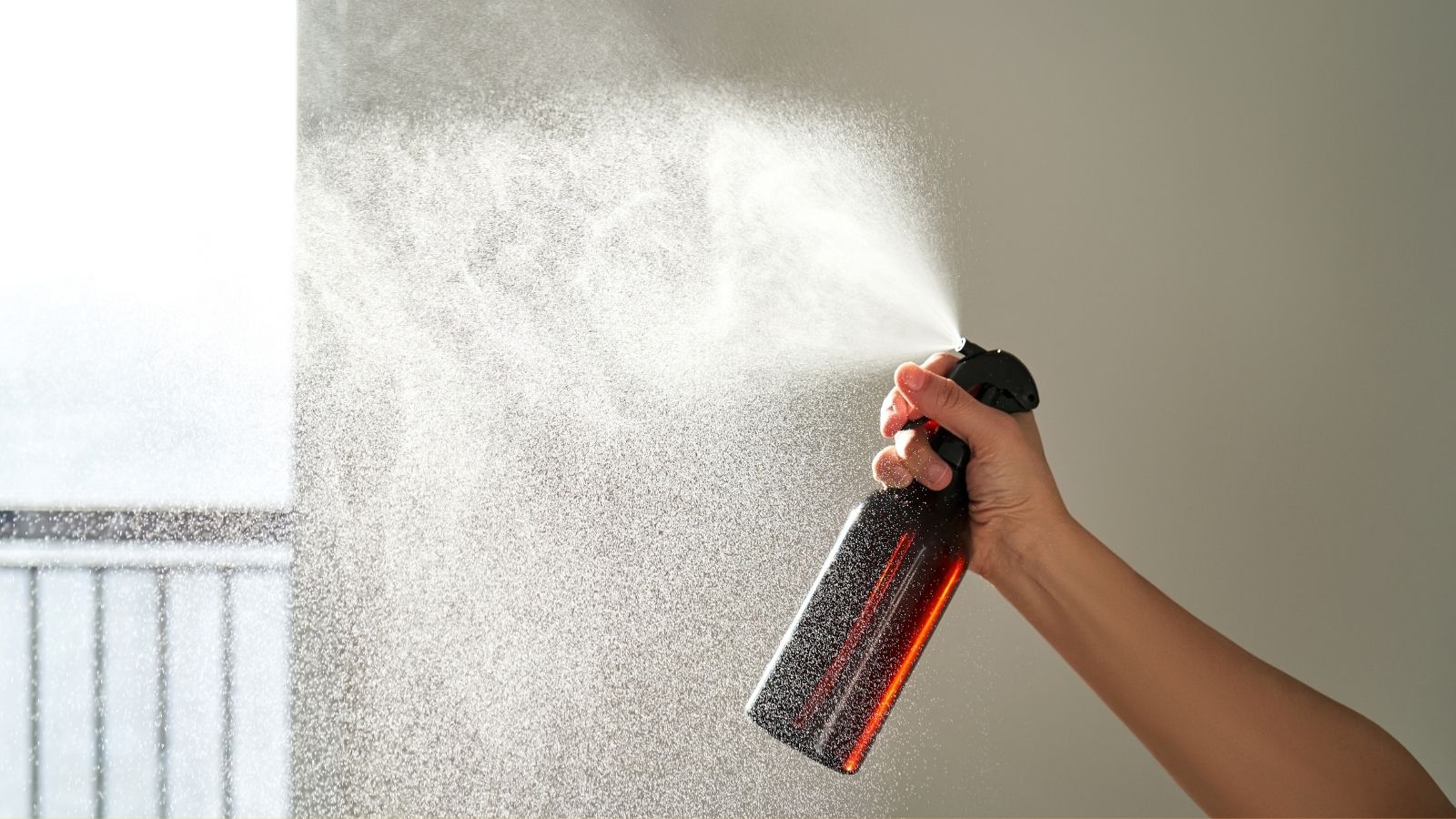
Some cleaning products contain VOCs and other harmful substances that cause indoor air pollution. Poor indoor air quality may lead to long-term respiratory issues, fatigue, and even chronic obstructive pulmonary disease in severe cases.
Unknown long-term health effects

It is not well established whether years of exposure to several chemicals from cleaning agents can lead to long-term effects. Some chemicals persist in the body with regular exposure, even at minimal levels, and can cause significant health problems, including cancer or impairing neurological functions.
Carcinogenic Ingredients
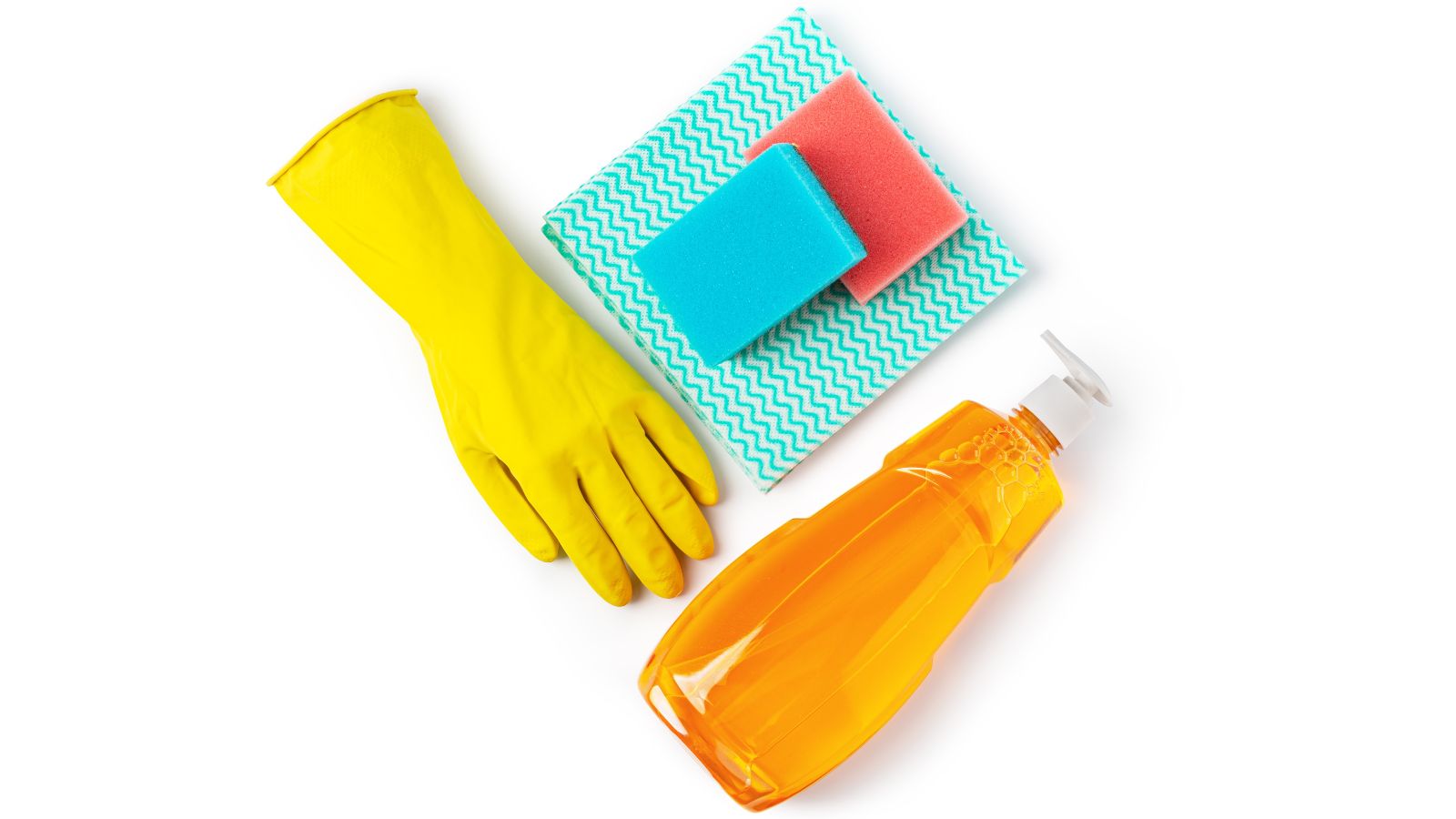
Some cleaning agents contain known carcinogens, including formaldehyde and 1,4-dioxane. Each of these components has been proven to increase the risk of cancer with long-term exposure over periods of time, and frequent extended use of these agents certainly meets that criterion.
Health Risks for Pregnant Women and Newborns

Some chemicals in cleaning solutions offer dangers to both the pregnant lady and the kid. Pregnant women who are exposed to certain chemicals, such as phthalates, will experience impaired fetal development. Infants exposed to this chemical’s toxic residues suffer from developmental delay.
Burns and corrosive injuries

Many cleaning solutions include powerful acids or alkalis that can burn and irritate the skin and eyes. Drain cleaners and oven cleaners contain caustic ingredients and should be handled with utmost caution, or they can cause serious burns.
Toxic residues on surfaces

Cleaning products can leave toxic residues on surfaces, even after cleaning. These residues may be ingested by children or pets, leading to potential health risks. Over time, prolonged exposure to these residues can also cause skin irritation and respiratory issues in adults. Thoroughly rinsing surfaces after cleaning can help minimize these dangers.
Psychological Impact

Some fragrances and chemicals in cleaning agents are believed to induce headaches, migraines, and changes in mood in vulnerable individuals. Vapors of chemicals can also lead to fatigue, concentration problems, and anxiety owing to poor indoor air quality.
Conclusion

Since cleaning products are part of maintaining home hygiene, it is paramount to know what dangers they can unleash. Knowing the possible risks associated with such products will allow one to make better choices pertaining to health, family, or even the environment. Choosing chemical-free cleansing solutions, always reading through instructions, and using these products in well-ventilated spaces can also help reduce some risks. Making clever decisions on items we bring into our environment protects both our health and contributes to a cleaner, better environment.
18 Reasons Why People Are Leaving Florida in Masses

Exploring factors that impact the desirability of living in Florida, this list delves into various challenges shaping residents’ experiences. From environmental concerns like rising sea levels to economic factors such as fluctuating job markets, these issues collectively contribute to a nuanced understanding of the state’s appeal.
18 Reasons Why People Are Leaving Florida in Masses
